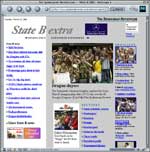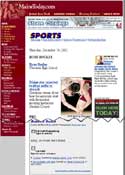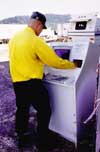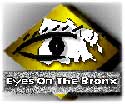Reinventing Beat Reporting, Spokane, WA

Reinventing Beat Reporting, Spokane, WA 2002
Partners:
The Spokesman-Review, spokesmanreview.com
Pew support allowed the paper to experiment with interactive on-line journalism tools that improved connections between reporters and readers and users. One of the most successful tools was an automated email system that was being widely used by reporters and editors within months of being created in early 2002. The system allows reporters to send out queries to a large database of readers and users. By the end of 2002, the Spokesman-Review’s database had 4,000 names in it. This was used in many ways.







